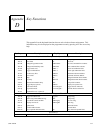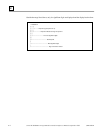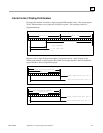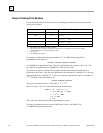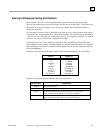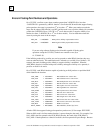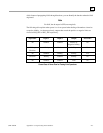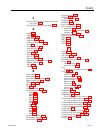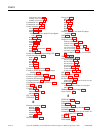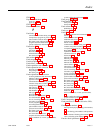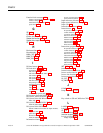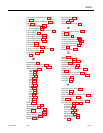
GFK-0467K Appendix E Using Floating-Point Numbers E-5
E
Entering and Displaying Floating-Point Numbers
In the mantissa, up to six or seven significant digits of precision may be entered and stored;
however, the programming software will display only the first six of these digits. The mantissa may
be preceded by a positive or negative sign. If no sign is entered, the floating-point number is
assumed to be positive.
If an exponent is entered, it must be preceded by the letter E or e, and the mantissa must contain
a decimal point to avoid mistaking it for a hexadecimal number. The exponent may be preceded by
a sign; but, if none is provided, it is assumed to be positive. If no exponent is entered, it is assumed
to be zero. No spaces are allowed in a floating-point number.
To provide ease-of-use, several formats are accepted in both command-line and field data entry.
These formats include an integer, a decimal number, or a decimal number followed by an exponent.
These numbers are converted to a standard form for display once the user has entered the data and
pressed the Enter key.
Examples of valid floating-point number entries and their normalized display are shown below.
Entered Displayed
250
+4
–2383019
34.
–.0036209
12.E+9
–.0004E–11
731.0388
99.20003e–29
+250,0000
+4.000000
–2383019.
+34.00000
–.003620900
+1.20000E+10
–4.00000E–15
+731.0388
+9.92000E–28
Examples of invalid floating-point number entries are shown below.
Invalid Entry Explanation
–433E23 Missing decimal point.
10e-19 Missing decimal point.
10.e19 The mantissa cannot contain spaces between digits or characters.
This is accepted as 10.e0, and an error message is displayed.
4.1e19 The exponent cannot contain spaces between digits or characters.
This is accepted as 4.1e0, and an error message is displayed.



